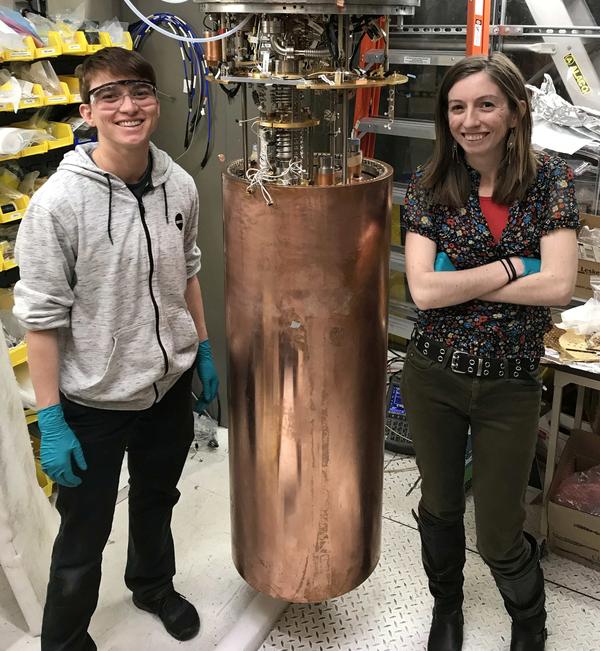URL: https://physikseminar.desy.de/hamburg/colloquia_in_2024/04_june_2024/@@siteview
Breadcrumb Navigation
The search for the invisible axion
David Tanner (University of Florida)
Auditorium (DESY Hamburg) and Zoom, 16:00h
The nature of the dark matter in the Universe is one of the most compelling questions in all of science. Dark matter makes up roughly 85% of the Universe’s mass and we do not know what it is. It has gravity, but otherwise interacts extremely weakly with ordinary matter, making detection very challenging. The axion, a very well-motivated candidate for the dark matter, can be detected by conversion to microwave photons in a strong magnetic field. This process, invented 40 years ago by my colleague Pierre Sikive, is the basis of almost all axion searches. In the late 1980s, a group at Florida built a detector to search for axions within the dark-matter halo of our Galaxy. The design of this experiment, including cavity configuration, materials, cavity tuning, data acquisition method, and data analysis techniques were used by subsequent detectors, eventually becoming the Axion Dark Matter eXperiment (ADMX), located in Seattle, WA. The current “Generation 2” ADMX detector is sensitive to the high-priority models of axions as dark matter. The improvements allowing ADMX to reach this position were the incorporation of a high-performance dilution refrigerator and an ultrasensitive SQUID microwave amplifier, giving noise backgrounds in the 100 mK temperature range. The remaining components are a large-volume superconducting magnet and a high-Q tunable microwave cavity. ADMX has completed three science runs (over mass ma = 2.7–4.2 µeV) at this ultimate sensitivity. There were no detections, and the search continues with a fourth science run now ongoing, aimed at 4.2–5.8 µeV. The resulting limits on axion mass, the prospects for the ongoing search, and the outlook for the future will be discussed. I will also make an aside to discuss ADMX-SLIC, an LC circuit resonator that is sensitive to axions with mass about 5–10% of the lower limit of the ADMX cavity detector.
ADMX is supported by the DOE’s Cosmic Frontier program.

We invite you to join the presentation in person in the DESY Auditorium. We will also offer a webcast to this colloquium.
Connection details at https://desy.zoom.us/j/99616528733
Meeting ID: 996 1652 8733
Meeting Password: 733220


